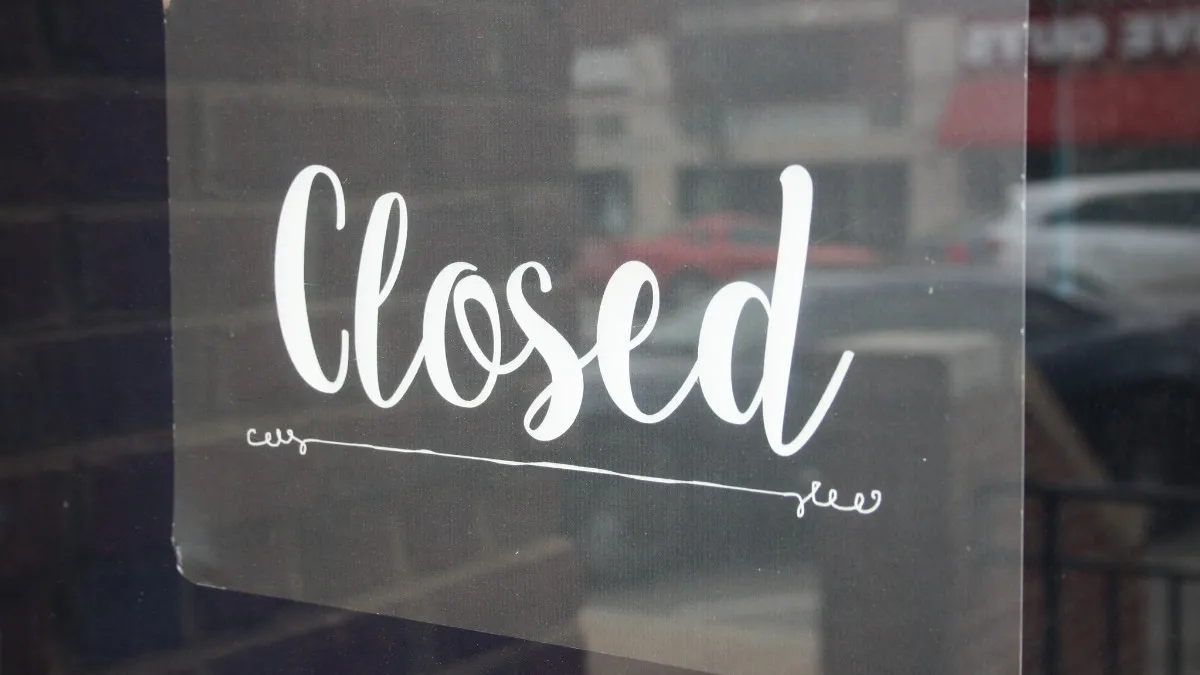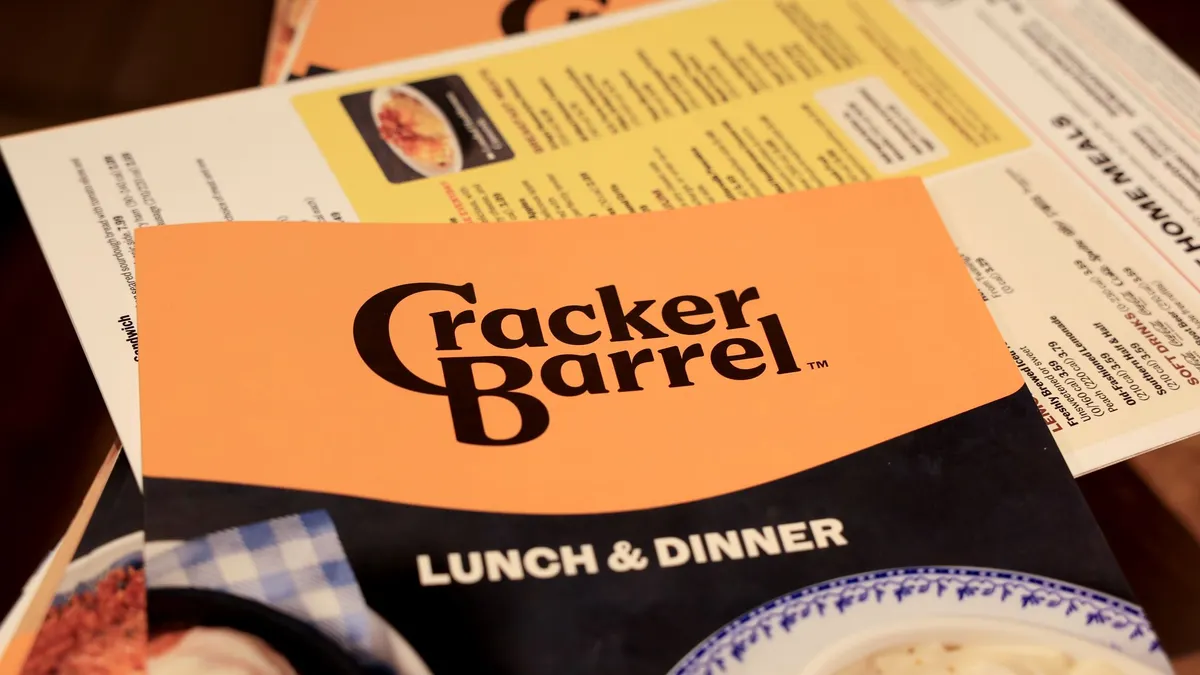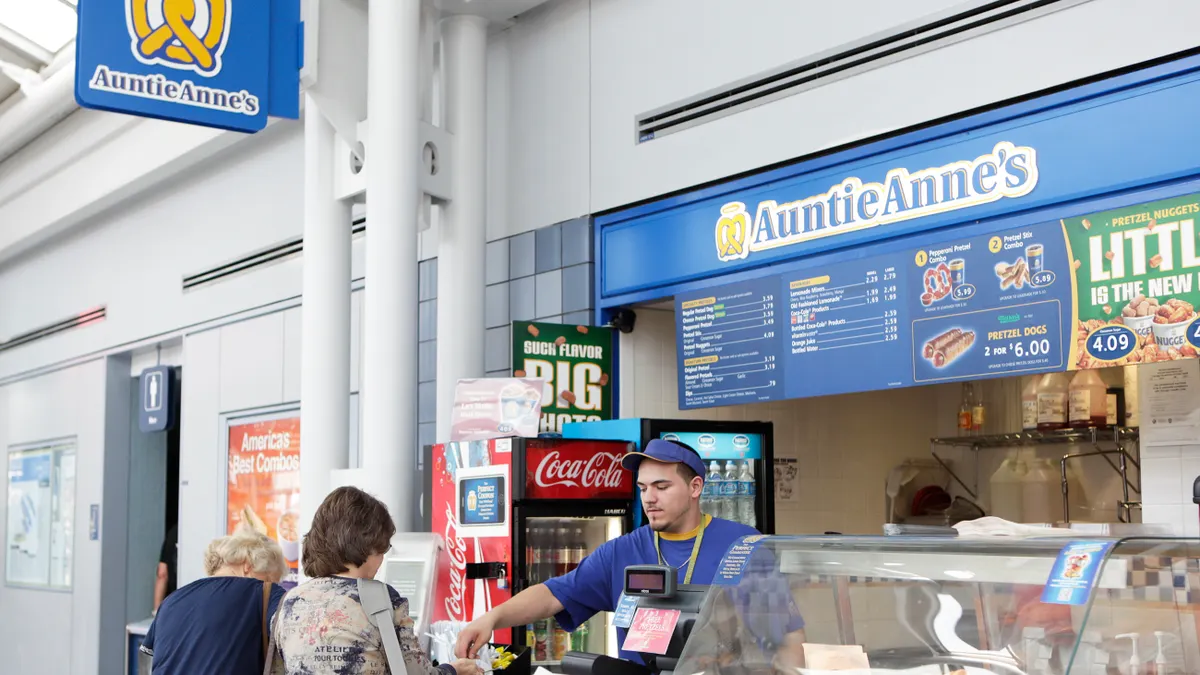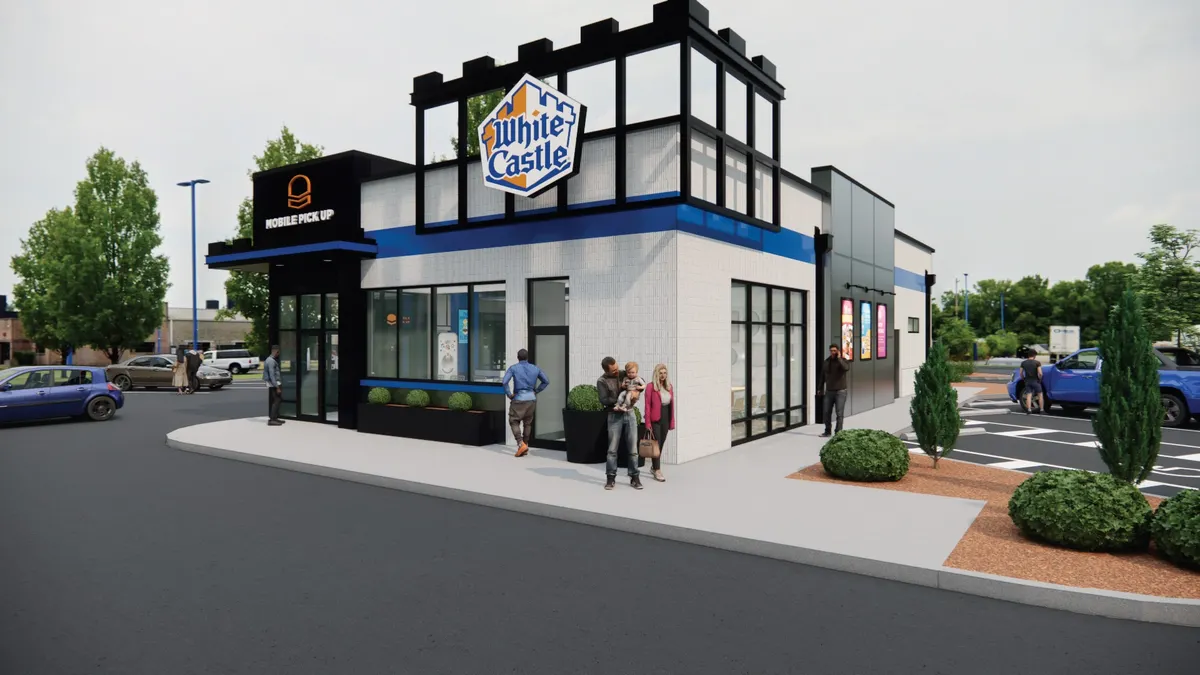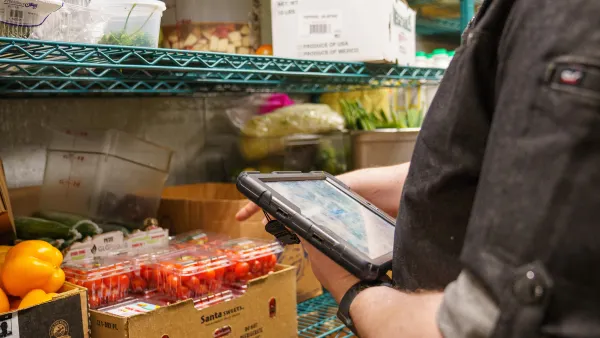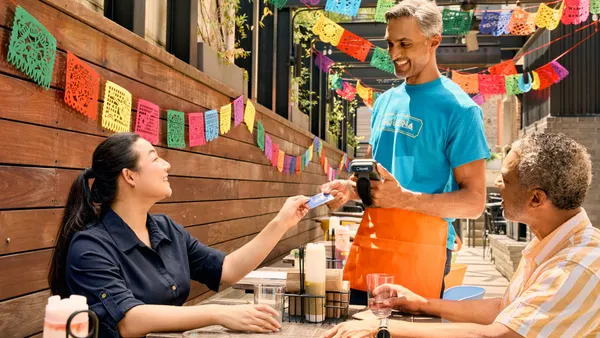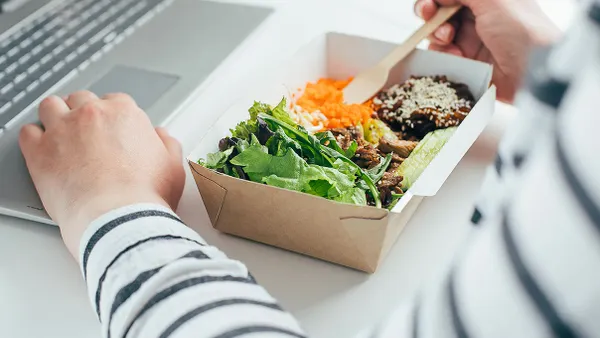From finding ways to pay basic operating costs to bringing furloughed employees back, restaurants have a lot to grapple with as dining rooms reopen. Ongoing same-store sales declines, which reached into the double-digits in March and April have many chains on edge.
But chains have one more thing to worry about: the chance of defaulting.
As of May 18, the chance of restaurants defaulting was 24%, according to data from S&P Global Market Intelligence. Comparatively, the chance of default was less than 5% at the beginning of the year.
This is particularly significant for casual dining chains that are grappling with a loss of dine-in traffic. Many QSRs, on the other hand, offset closures by having drive-thrus. Off-premise has helped casual dining chains improve sales declines. Olive Garden began the pandemic with a drop in sales of 71%, but that rose to negative 38.1% in same-store sales by May 17 with the help of its to-go business and its dining rooms reopening.
Even as dining rooms reopen, capacity is limited, which strains comp sales and increases pressures to build on off-premise.
There’s also risk that dining rooms could soon close again if cases spike as restrictions are eased, or further down the line if there is a second wave before a vaccine is developed. Technomic previously predicted in this worst-case scenario, the restaurant industry could decrease sales by 27% for the year. That could spell disaster for many chains already on the edge and only starting to recover.
Restaurant Dive took a closer look at the chains S&P Global says have a high chance of defaulting to understand how they have been trying to survive and what puts them at risk.
Dave & Buster's (53.5% chance*)
Dave & Buster's has been hit particularly hard by the coronavirus pandemic since it relies heavily on customers eating while spending money on arcade games. As an eatertainment chain, it never really developed an off-premise channel and hasn’t had the option to continue selling meals during its temporary store closures, which started March 20.
The company did reduce its 2020 capital spending by 70% to $65 million. About $55 million of this was already incurred with the rest of this spending contingent on the pace of store reopening. Dave & Buster’s curtailed all strategic initiatives, store remodels, games, information technology and store maintenance. The company also furloughed 15,000 employees, reduced store management personnel and corporate staff by 90%, and remaining leadership has received 50% of their compensation.
Dave & Buster's also raised capital by selling $100 million in common stock and $75 million in at-the-market equity to Jeffries.
But this may still not be enough, especially since the company was already dealing with ongoing financial pressures that existed prior to the pandemic. The company was already dealing with fewer customer visits, additional labor costs and new units cannibalizing same-store sales, William Blair analyst Sharon Zackfia said in a May 6 note, adding that sales could drop 58% during the second quarter and 30% in Q3 with the likelihood of capacity restrictions even after stores reopen.
Bloomin' Brands (36.1% chance)
Outback has already seen a rapid recovery at its restaurants that have reopened with limited capacity. As of May 3, Bloomin’ Brands reported that 23 Outback Steakhouse locations were open for dine-in guests and sales were only down 17% from the prior year compared to a 38% decline for Olive Garden and 45% slump for Darden. These gains are bolstered by the chain’s swift transition to takeout and delivery, which led it to triple its average off-premise sales per restaurant since the beginning of March through May 3.
But Bloomin’ could also face profitability issues as dining rooms reopen en masse because restaurants will need to staff dine-in operations amid lower sales volumes, Gordon Haskett Research Advisors analyst Jeff Farmer said in a note on May 8.
Hiring back furloughed or laid off workers could be challenging for casual dining chains because unemployment benefits may pay better than the hourly wages these restaurant employees made before. Bloomin’ has only had to temporarily lay off employees, reducing hours for more than 1,000 workers across markets, so it could be better positioned for recovery than its rivals.
The Cheesecake Factory (28.8% chance)
The Cheesecake Factory declined comparable sales by 12.9% during the first quarter compared to an increase of 1.3% during the year ago quarter. Off-premise sales accelerated, making up about 22% of the company’s sales mix during the first quarter and equating to about $4 million per unit on average, David M. Gordon, The Cheesecake Factory president, said during the company’s Q1 earnings call.
But despite this growth, the company still isn’t earning enough to meet many of its obligations. It was among the first to tell its landlords it wouldn’t be able to afford April rent and furloughed 41,000 employees during the height of the pandemic. It completed a deal with Roark Capital for $200 million in convertible preferred investment, which enhances its liquidity position.
The Cheesecake Factory is only breaking even at many of its restaurants. The company is burning $4.25 million in cash per week at these sale levels, which includes $1 million per week for employee insurance and free meals, which end June 30. Given these numbers, Peter Saleh, managing director and restaurant analyst at BTIG, estimated in a May 6 note that the company has a current cash balance of about $260 million. This would give it roughly 20 months of liquidity if current sales trends continue, but he does expect current cash burn rates to decline as dining rooms reopen.
Denny’s (27.6% chance)
Denny’s Q1 2020 results reflect a very different picture than what the chain had envisioned at the beginning of the year when it launched a breakfast menu to better compete with rivals. Revenue slipped 36% to $96.7 million during the period, when Denny’s had to rely on delivery and pickup channels to drive sales. Domestic same-store sales dropped 6.3% and its stock is down 50% as of May 15, but the diner’s off-premise performance may have eased investor worries — shares rose 12.3% after Denny’s released its quarterly results.
Average unit volumes more than doubled between February and April, which the company credits to a new curbside service program, temporarily waiving delivery fees and family meals. Pickup drove 57% of Denny’s transactions while third-party delivery made up 28% of transactions in April.
Eighty-two percent of Denny’s U.S. restaurants are operating as of May 13, but reduced menus and operating hours have hurt same-store sales. So far, 521 restaurants have reopened dining rooms at reduced capacity in 21 states. Still, municipal capacity restrictions and diner hesitation to begin dining inside sit-down restaurants again could prove challenging
Brinker International (24.8% chance)
Brinker may be better positioned than most casual chains for recovery. Chili’s announced at the end of April that it planned to open more than 300 dining rooms in Texas, Oklahoma, Utah and parts of Tennessee the first weekend in May. Previously, 40 restaurants had already reopened in Georgia and the company had hired back about 10% of its furloughed employees.
Still, the chain’s sales in the first four weeks of April took a nosedive. The four weeks ended April 1 saw same-store sales plummet 62.9% before rising to a decline of 42.5% for the four weeks ended April 22.
But Brinker’s fiscal year Q3 2020 results beat expectations. It reported revenue of $860 million for the quarter ended March 2020 compared to $839 million last year, beating Zacks estimate by 1.19%. The company’s shares have slipped 54% since the beginning of the year. Brinker said off-premise was driving nearly 20% of sales at Chili’s and Maggiano’s Little Italy, and Chili’s online ordering captured about 70% of all off-premise orders. Same-store sales were down 5.3% for Chili’s in Q3 and 9.9% at Maggiano’s for the quarter. Before dining room restrictions began, sales were up 3.3% at company-owned locations for Chili’s and 0.6% at Maggiano’s.
BTIG gave the company a neutral ranking at the end of April, stating in an emailed note that it believes “Chili’s, along with most casual dining concepts, can achieve near zero cash burn as off-premise sales reach ~70% of historical average weekly sales. Assuming the recent weekly growth rate continues, we believe Chili’s could achieve zero cash burn over the next month.”
*S&P Global’s probability of default figures represent the odds that a company will default on debt within the next year and are based on fluctuations in share price and other country and industry-related risks.
Correction: In a previous version of this article, Bloomin’ Brands’ potential staffing plans for reopening were misstated. Bloomin’ hasn’t permanently laid off any employees, and does not need to hire any back.




